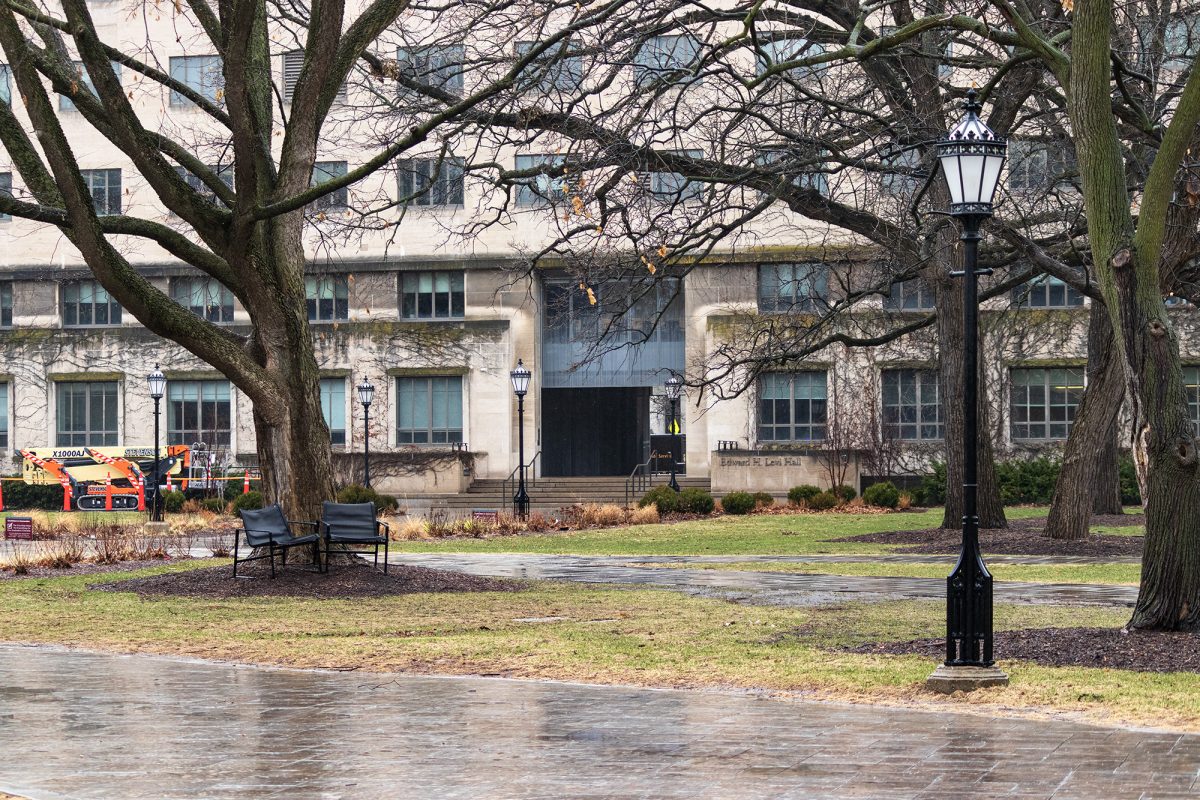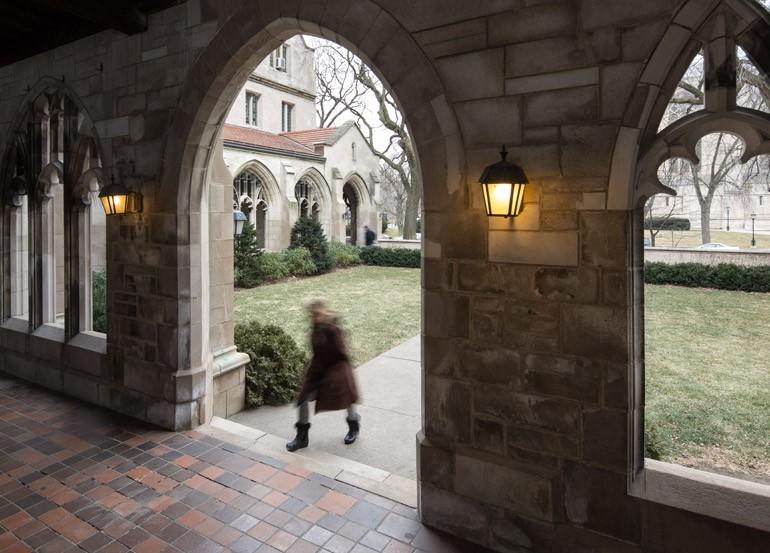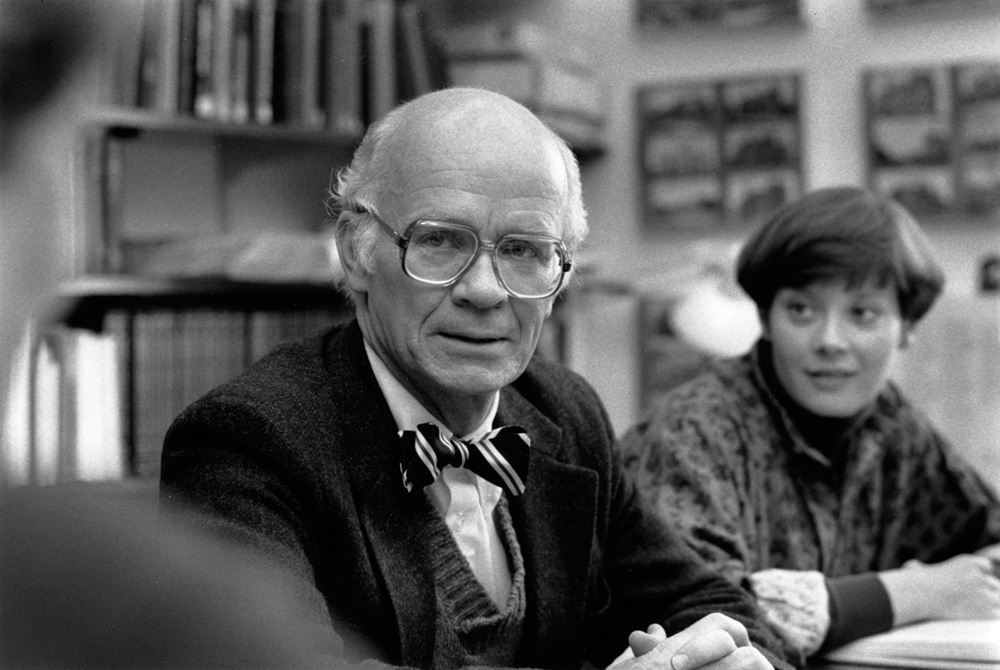[img id=”78144″ align=”alignleft”]
If the hard-partying past of the Pepperland apartment building weren’t so deeply ingrained in the University of Chicago mythology, no one would guess its raucous history. Gone are the stained carpets, the rickety fire escapes, and the family of raccoons that used to reside in its walls. In fact, the only trace of the Pepperland’s former life as the “Frisbee Frat” is a few graffiti tags on boarded-up windows in its courtyard, but even those will be gone by June.
The 22-unit apartment building, on 57th Street next to Powell’s Bookstore, closed for extensive renovations in the summer of 2008, after being bought by MAC Properties. For the 15 years prior to its closing, the Pepperland was home to over two-thirds of the U of C Frisbee team. “It was the social nexus of the Frisbee community at the time,” said former resident Meryl King (A.B. ‘09) in an e-mail interview. “The Pepperland represented Ultimate Frisbee and a lot of my undergraduate life.”
The unique structure of the property lent itself to the communal lifestyle of the Frisbee group. The two halves of the building surround an enclosed central courtyard and residents would often leave their back doors open to create a neighborly atmosphere. “Even if there wasn’t a big party going on, there was usually something you could drop in on, or people would just stop by to chat for a while before getting back to work,” King said.
Parties, though, were what made the Pepperland famous. Residents would hold two or three big parties per year, turning the interior courtyard into a dance floor and opening the surrounding apartments for games of beer die.
The massive parties eventually took their toll on the building, according to former residents. Overcrowding on the wooden fire escapes damaged their structural integrity, and the sheer volume of partiers wore on both the floors and carpets. UCPD was regularly called to the building for noise violations.
When MAC bought the building in 2007, the Pepperland was both filthy and in violation of numerous building codes. “The place was a dump,” said Peter Cassel, MAC’s director of community development. “But the building, as they say, had good bones.”
After the acquisition, MAC allegedly attempted to crack down on the residents’ partying lifestyle, but this only caused the residents to be more ingenious in their party planning.
“Me and my buddy were kind of in charge of the parties,” said Ryland Barton (A.B. ‘09), who lived in the Pepperland the year before it closed. “MAC heightened their surveillance on us…so to avoid MAC and the cops, we sealed off the place with sound insulation. We probably had 600 people come through that party, and the cops never came. MAC never found out.”
Finally, in April 2008, MAC evicted all of the Pepperland’s residents, informing them that the building would close that fall for “remodeling.”
“We weren’t too happy about that,” said Noah Swann (A.B. ‘09), a two-year resident of the Pepperland. “But the building was really falling apart.”
Since then, MAC has restored the building to the grandeur its Queen Anne–style architecture suggests. The bay windows facing 57th Street have been painted in brilliant gold and purple. The stained carpets were ripped out, revealing narrow-gauge wood flooring. Layers of paint were sandblasted off the radiators, highlighting the intricate floral decoration of the metalwork. New green ceramic tiles front the fireplaces, and the appliances and cabinetry have all been replaced. Interior accent walls range in color from deep teal to sunny yellow.
“We wanted to keep the sense of whimsy, fun, and color,” Cassel said. Cassel also cited the rebuilt porches and new electrical systems as crucial to bringing the building up to code.
With the Pepperland slated to reopen in June, MAC has started to show the apartments to potential renters. As of the beginning of last week, three leases have been signed.
While MAC may be distancing itself from the Pepperland’s party-centric past with the decor, advertisements for the new building have capitalized on its history. “We think it’s a social building,” Cassel said. “The combination of the courtyard and the history is part of what’s here.”
For some of the building’s former residents, however, MAC’s emphasis of the building’s past touches a sore spot. “They’re appropriating what we made it to make money,” Barton said.
Even the name is a contentious subject. According to one origin story, the building was named in the 1990s after the underwater paradise attacked by the Blue Meanies in the Beatles’ film, Yellow Submarine. “Using the Pepperland name to rent apartments seems like a [cheap] ploy,” King said.
At the same time, the former residents are eager to see students moving back into their old haunt. “It’s cool to brand it as a party apartment building,” Barton said. “If they get a lot of students to move in and use the common space, that’s great.”
However, it seems unlikely that the Frisbee team will move back to their former quarters anytime soon. After relocating north to 55th and Cornell, the team is loathe to move again. “I would not be surprised to see them not move,” Swann said. “But I wouldn’t be surprised to see Frisbee players back there at some point in the future. It’s just such a great building.”








